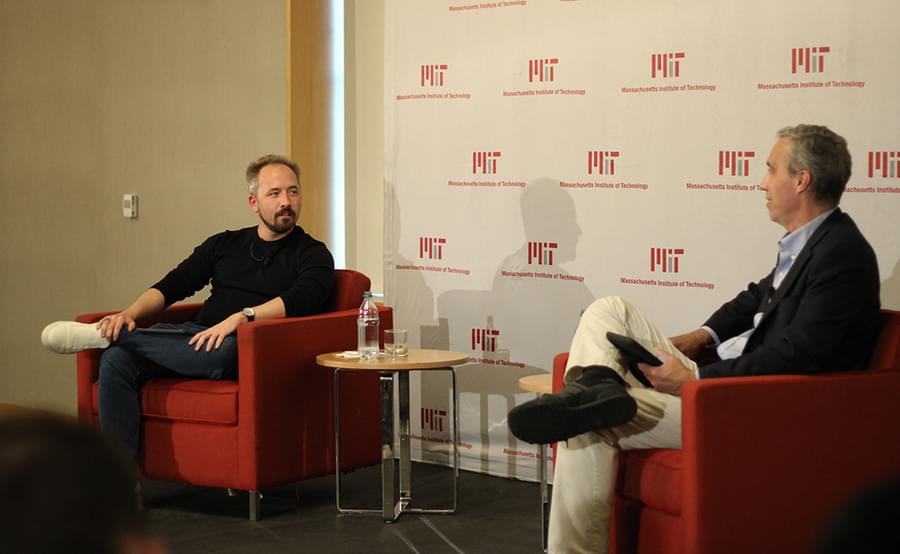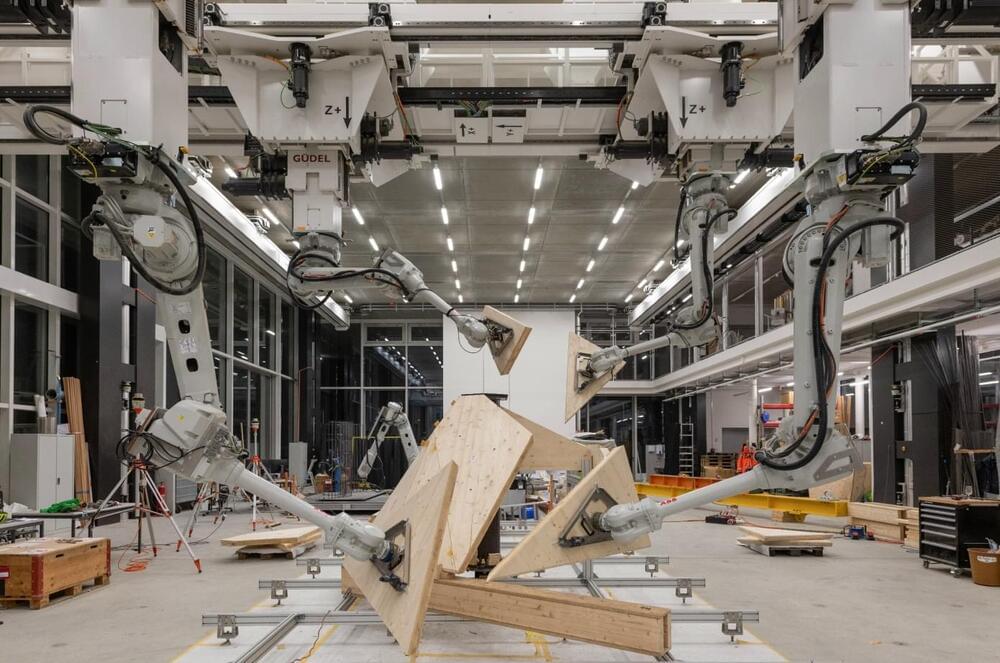A cell stores all of its genetic material in its nucleus, in the form of chromosomes, but that’s not all that’s tucked away in there. The nucleus is also home to small bodies called nucleoli — clusters of proteins and RNA that help build ribosomes.
Using computer simulations, MIT chemists have now discovered how these bodies interact with chromosomes in the nucleus, and how those interactions help the nucleoli exist as stable droplets within the nucleus.
Their findings also suggest that chromatin-nuclear body interactions lead the genome to take on a gel-like structure, which helps to promote stable interactions between the genome and transcription machineries. These interactions help control gene expression.







